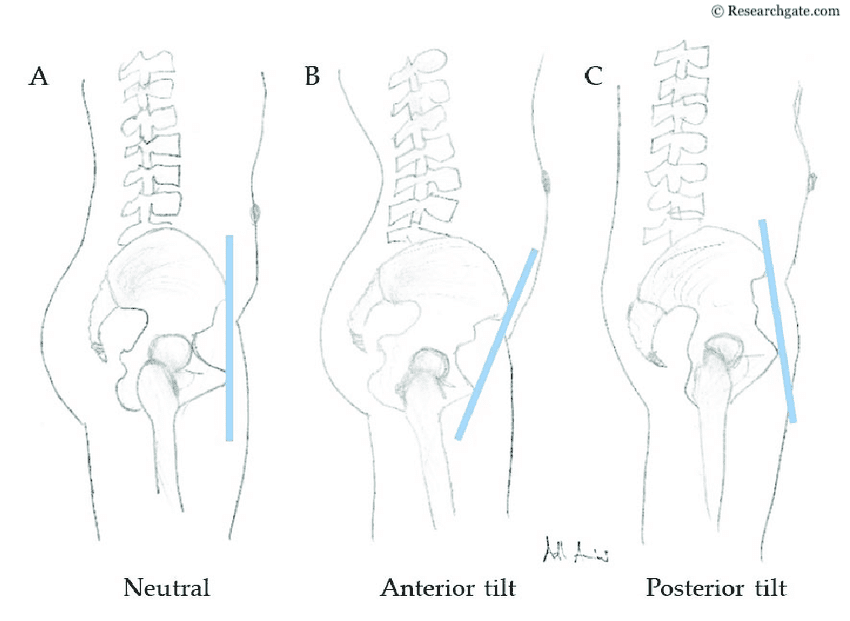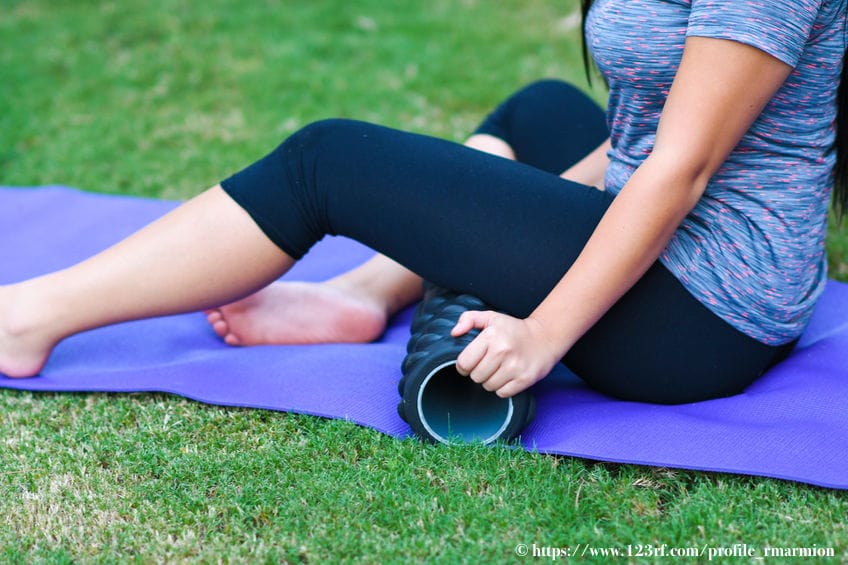You’ve stretched and stretched, but still your hamstrings feel tight. You foam roll them often and still they don’t loosen up. You wonder, “What gives?” Well, it may be that your hamstrings don’t need to be stretched.
Your hamstrings may be overstretched and that’s why they feel tight.
If you let out an audible gasp, that’s ok! You’re probably not alone.
How can a tight muscle not need to be stretched? How is it already stretched?
The answer has to do with pelvic position.
Hips Don’t Lie
Ok, so I stole that from Shakira, but it works so I am running with it.
Pelvic position refers to the orientation of your pelvis. In my last blog post, I talked about anterior pelvic tilt and posterior pelvic tilt as these positions relate to your hip flexors. The effect on the hamstrings is similar.
Most of us have some degree of anterior pelvic tilt due to modern day life which asks us to sit too often, and for long periods.
Check out this photo to help familiarize yourself with what various pelvic positions look like.

In my last post I talked about various type of muscle tension, one variety of which was elongated and tight. In the photo below you can see how an anterior pelvic tilt pulls the hamstrings into a stretched position because the two ends of the hamstring attachment points are pulled away from one another.

If Stretching Isn’t the Solution, What Is?
Since your hammies are probably already in a constant stretch state due to APT, more stretching isn’t going to make them feel less tight. They need activation and strengthening. The following exercises are two of my favorites for activating and strengthening hamstrings: feet-elevated hip lifts, and heel bridges.
Feet Elevated Hip Lifts
Put your feet up on a bench, chair or other elevated surface as you lie on your back. Make sure your knees and hips are at a 90 degree angle. Exhale and press down through the back of your heels to slowly roll up one vertebra at a time into the hip lift. Then, on an inhale, roll back down one vertebra at a time. Repeat 8-12 times.
Heel Bridges
Lying on your back with your knees bent and feet flat on the floor, walk your feet away from your butt. The further your go from your butt the more hamstring-y this becomes. Flex your feet so that you will be pressing the backs of your heels into the floor. Press the heels straight into the floor and hold for five breath cycles, making your exhale nice and long— and longer than your inhale. Repeat 5-8 times. (The video below talks about more than just the setup for the exercise. It’s worth watching the first 0:55 seconds, however, explanation of the exercise begins as 0:55.
Bonus exercise
This one can be a hamstring cramper at times. If the cramp is just a little annoying see if you can work through it, but if it’s one of those cramps where your brain might explode, back off and let the muscles relax before trying again.
Half Kneeling Knee Flexion Lift-Offs
Set up in half kneeling with your rear foot elevated on a surface that feels like the appropriate height for you-this would be a little stretch on the front of the quad. Tuck your pelvis under to lock your low back and pelvis into a position where the hip flexors and low back can’t “help out” your hammies. Press both hands down into your front leg or onto a surface if you need a bit more stability. This press down also helps activate your core to help lock in the spinal and pelvic position. On an exhale, float your foot off your surface slowly. Then on an inhale, slowly place the foot back on your surface with control. Repeat 8-12 times.
Give it a go
Give these a go as part of your fitness or movement practice. Try adding these in even as part of a daily wake-up routine, mid-afternoon break, or bedtime routine. These exercises pair well with the ones to help alleviate tight hip flexors too! Have fun.
Looking for guidance for your fitness journey? Schedule your FREE fitness consultation strategy session with one of our coaches. In this 30-minute session (Zoom or in-studio), we can discuss your fitness past, present, and hopes and dreams for your fitness future!

